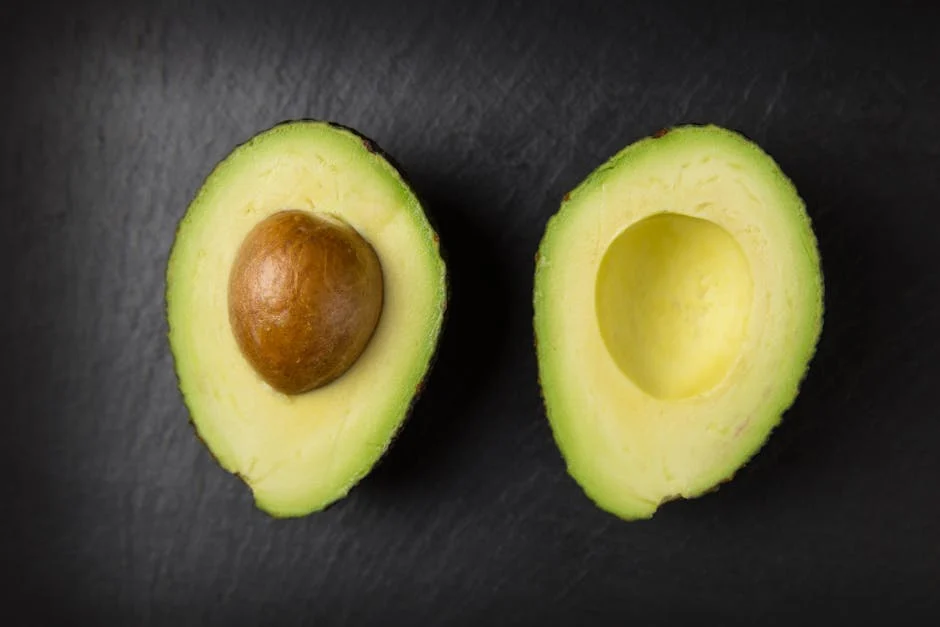Introduction
Celiac disease, an autoimmune disorder triggered by gluten, affects millions worldwide. Gluten, a protein found in wheat, barley, and rye, damages the small intestine in individuals with celiac disease, leading to malabsorption and various health issues. The paleo diet, based on the presumed eating habits of early humans, excludes grains, legumes, and processed foods. This article explores the potential benefits and considerations of combining the paleo diet with a gluten-free approach for individuals with celiac disease.
Paleo and Celiac Disease: A Dietary Overview
Understanding the Paleo Diet
The paleo diet centers on whole, unprocessed foods like:
- Meat (grass-fed preferred)
- Fish
- Fruits
- Vegetables
- Nuts and seeds
It typically excludes:
- Grains (wheat, barley, rye, rice, corn)
- Legumes (beans, lentils, peanuts)
- Dairy (in some versions)
- Processed foods
- Refined sugars
Celiac Disease and Gluten Avoidance
The cornerstone of celiac disease management is a strict, lifelong gluten-free diet. This means carefully avoiding any food or product that contains wheat, barley, rye, and sometimes oats (due to cross-contamination). Cross-reactivity of foods is also a consideration, although its actual impact is highly individualized.
The Overlap: Paleo and Gluten-Free Living
Since the paleo diet inherently excludes grains (including wheat, barley, and rye), it’s naturally gluten-free. This makes it a potentially appealing option for individuals with celiac disease. However, it’s crucial to remember that simply following a “paleo” label doesn’t guarantee complete gluten freedom. Careful attention to food labels and preparation methods is always necessary to avoid cross-contamination.
Potential Benefits of Paleo for Celiac Disease
Elimination of Gluten and Related Proteins
The most significant benefit is the removal of gluten, the primary trigger for celiac disease. By focusing on whole, unprocessed foods, the paleo diet reduces the risk of accidental gluten exposure from hidden sources in processed products.
Reduced Inflammation
Many proponents of the paleo diet believe it has anti-inflammatory properties due to its emphasis on nutrient-dense foods and avoidance of processed ingredients. Chronic inflammation is a common symptom and consequence of untreated celiac disease. However, the anti-inflammatory benefits of a Paleo diet are still actively researched.
Improved Nutrient Absorption
Celiac disease often impairs nutrient absorption. The paleo diet’s focus on whole, unprocessed foods rich in vitamins, minerals, and antioxidants could potentially help improve nutrient status over time, once the gut has had a chance to heal following gluten removal.
Important Considerations and Potential Drawbacks
Nutritional Completeness
It’s crucial to ensure the paleo diet is nutritionally complete, especially when managing celiac disease. Careful planning is needed to obtain adequate fiber, calcium, and other essential nutrients that might be limited by excluding grains and legumes. Working with a registered dietitian or nutritionist experienced in both celiac disease and the paleo diet is highly recommended.
Cross-Contamination Risks
Even on a paleo diet, cross-contamination is still a concern. Prepare food in a dedicated gluten-free space and carefully inspect labels for potential cross-contamination during manufacturing.
Cost and Accessibility
Whole, unprocessed foods can be more expensive than processed alternatives. Access to certain paleo-friendly ingredients may also be limited in some areas.
Individual Variation
The paleo diet isn’t a one-size-fits-all approach. Individuals with celiac disease should work with healthcare professionals to personalize their diet based on their specific needs and sensitivities.
Possible Deficiency Risks
Cutting out a large number of food groups can lead to deficiencies in the following:
- Fiber
- Calcium
- Vitamin D
- B Vitamins
Conclusion
The paleo diet can be a viable option for individuals with celiac disease due to its inherent gluten-free nature. However, careful planning, attention to detail, and guidance from healthcare professionals are essential. Focusing on nutrient density, mitigating cross-contamination risks, and individualizing the approach are crucial for achieving optimal health outcomes when combining the paleo diet with a gluten-free lifestyle for managing celiac disease. Remember to consult with a doctor, registered dietitian, or qualified healthcare provider before making significant dietary changes.
